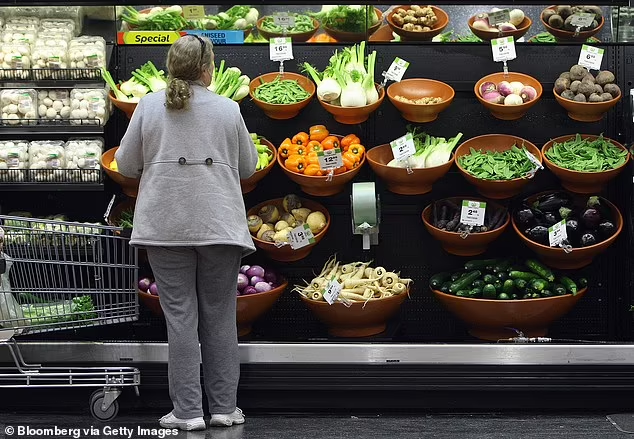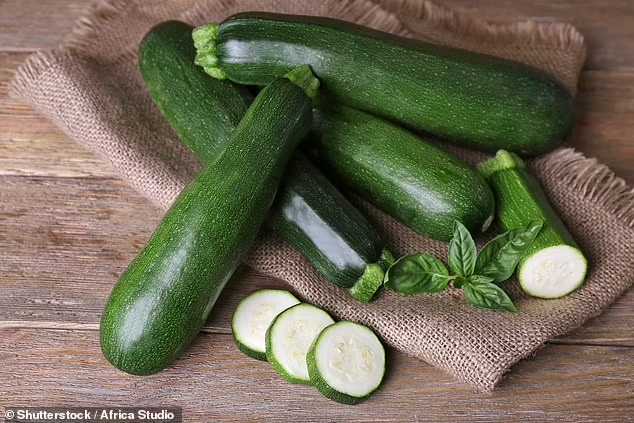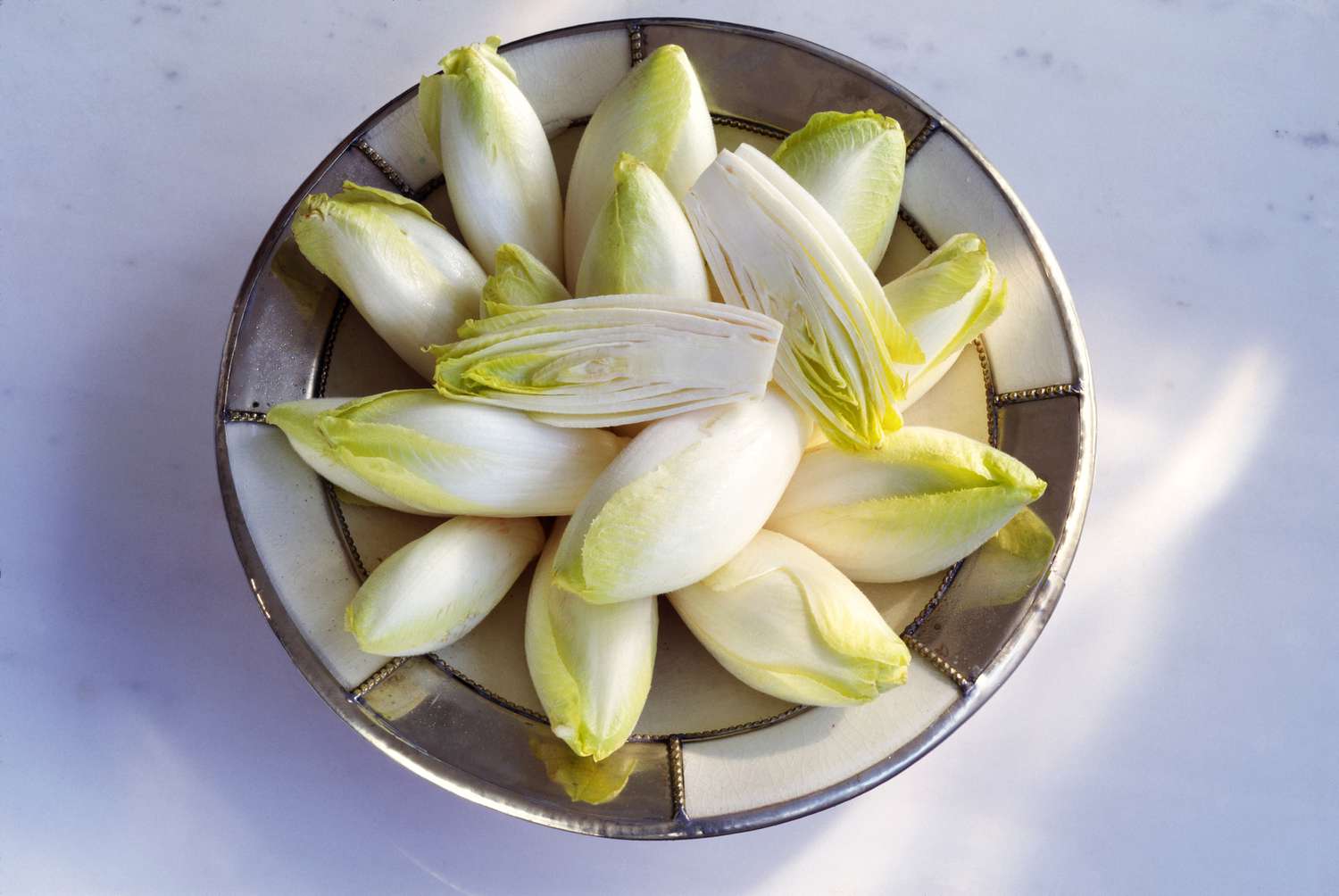Slash your grocery bill by following this simple guide on what seasonal produce to buy!
By
- Replies 10
Is your grocery bill giving you nightmares? With the cost of living on the rise, it's no wonder that Aussies are looking for ways to save on their groceries. And one of the easiest ways to do that is to shop for seasonal produce.
Nutritionists have suggested that sticking to in-season produce ensures that you are getting the freshest produce at the lowest prices.
"Eating in season also ensures that you are eating the highest quality nutrient-rich foods and is more environmentally friendly," nutritionist Olivia Hillier said.
Nutrition Australia dietitian Leanne Elliston also pointed out that fruit and vegetables that are not in season are much pricier because they are often imported overseas — meaning, the cost of transportation also adds up to their final price in the supermarket.
She suggested: "Look for where the produce comes from, if it's grown locally and is in season, then the price should match that."
Meanwhile, The Leaf Store founder Leon Mugavin emphasised that Australian-grown fruit and vegetables are perfect for making delicious meals.
"Ask your local greengrocer what's in season now, rather than looking for some homogenous product that farmers are fighting against nature to grow 52 weeks of the year," the Victorian grocer founder said.
"The carrot price never really changes, it hasn't for 20 years and pumpkins are fantastic value at this time of year."

Purchasing in-season fruits and vegetables can reduce your grocery bills, according to experts.Credit: Bloomberg via Getty Images.
Winter is the perfect time to take advantage of low prices on seasonal fruits and vegetables like pumpkin, zucchini, carrots, and kale. And don't forget about classics like bananas, lemons, mandarins, and kiwi fruit.
Mr Mugavin said that you can substitute some of these in-season produce for the costlier fruits and vegetables such as capsicum, broccoli, and lettuce.
He claimed that using zucchinis, which are currently being retailed for $2.80, as a higher-protein, lower-carb alternative to red capsicum — which are being sold for $10-$12 a kilo — is a good move to save money.
Mr Mugavin explained: "It's a really good value at the moment because it's one of those products we have in oversupply or you could try swapping in eggplant. There's a lot of eggplants around at the moment."
Cruciferous vegetables like kale, Brussels sprouts, cauliflower, and red cabbage are great in-season options that can make for many delicious, healthy meals.
According to nutritionist Susie Burrell, these veggies are not only healthy, but can also be quite budget-friendly. For example, a bunch of fresh kale typically costs only $4-$5, whereas lettuce has been known to cost as much as $12 per head in some parts of the country. Frozen kale is also a great option, costing only $1-$2 per bag.
She explained: "Kale is one of the most nutrient dense greens you can find with exceptionally high amounts of nutrients including Vitamin C, beta carotene, and Vitamin K making it a smart daily addition in smoothies, stir-fried or soups."

Zucchinis, which are currently being retailed for $2.80 are higher-protein, lower-carb alternative to red capsicum which are being sold for $10-$12 a kilo. Credit: Shutterstock/Africa Studio.
Broccoli is another in-season cruciferous veggie, but it has risen in cost to up to $15 per kilo. However, Ms Burrell said that cauliflower is the perfect swap if you're looking for a cheaper alternative.
"Broccoli is a superfood, rich in anti-cancer molecules, Vitamin C and fibre but so is cauliflower at half the price," she claimed.
Citrus fruits like lemons, limes, grapefruit, and mandarins are generally thought of as summer foods. However, Ms Hillier noted that they're actually in season during winter and make for a great snack to help keep the kilos off during the chilly months.
Ms Hillier said: "Orange, lemons and limes are all in season during winter and they are jam-packed with vitamin C to help support the immune system, antioxidants to assist in fighting off free radicals and loaded with Vitamin A which is fabulous for glowing skin."
So, for those of you who are wondering which fruits and vegetables are currently in season, here's a full list:
Fruit
Vegetables
Source: FrugalAndThriving.com.au
So, there you have it, folks! We recommend checking out the Money Saving Hacks section of the SDC website for more tips on how you can reduce your grocery bills. What are your thoughts on this? Better yet, do you know any recipes that use these in-season fruits and veggies? Share them with us in the comments below!
Nutritionists have suggested that sticking to in-season produce ensures that you are getting the freshest produce at the lowest prices.
"Eating in season also ensures that you are eating the highest quality nutrient-rich foods and is more environmentally friendly," nutritionist Olivia Hillier said.
Nutrition Australia dietitian Leanne Elliston also pointed out that fruit and vegetables that are not in season are much pricier because they are often imported overseas — meaning, the cost of transportation also adds up to their final price in the supermarket.
She suggested: "Look for where the produce comes from, if it's grown locally and is in season, then the price should match that."
Meanwhile, The Leaf Store founder Leon Mugavin emphasised that Australian-grown fruit and vegetables are perfect for making delicious meals.
"Ask your local greengrocer what's in season now, rather than looking for some homogenous product that farmers are fighting against nature to grow 52 weeks of the year," the Victorian grocer founder said.
"The carrot price never really changes, it hasn't for 20 years and pumpkins are fantastic value at this time of year."
Purchasing in-season fruits and vegetables can reduce your grocery bills, according to experts.Credit: Bloomberg via Getty Images.
Winter is the perfect time to take advantage of low prices on seasonal fruits and vegetables like pumpkin, zucchini, carrots, and kale. And don't forget about classics like bananas, lemons, mandarins, and kiwi fruit.
Mr Mugavin said that you can substitute some of these in-season produce for the costlier fruits and vegetables such as capsicum, broccoli, and lettuce.
He claimed that using zucchinis, which are currently being retailed for $2.80, as a higher-protein, lower-carb alternative to red capsicum — which are being sold for $10-$12 a kilo — is a good move to save money.
Mr Mugavin explained: "It's a really good value at the moment because it's one of those products we have in oversupply or you could try swapping in eggplant. There's a lot of eggplants around at the moment."
Cruciferous vegetables like kale, Brussels sprouts, cauliflower, and red cabbage are great in-season options that can make for many delicious, healthy meals.
According to nutritionist Susie Burrell, these veggies are not only healthy, but can also be quite budget-friendly. For example, a bunch of fresh kale typically costs only $4-$5, whereas lettuce has been known to cost as much as $12 per head in some parts of the country. Frozen kale is also a great option, costing only $1-$2 per bag.
She explained: "Kale is one of the most nutrient dense greens you can find with exceptionally high amounts of nutrients including Vitamin C, beta carotene, and Vitamin K making it a smart daily addition in smoothies, stir-fried or soups."
Zucchinis, which are currently being retailed for $2.80 are higher-protein, lower-carb alternative to red capsicum which are being sold for $10-$12 a kilo. Credit: Shutterstock/Africa Studio.
Broccoli is another in-season cruciferous veggie, but it has risen in cost to up to $15 per kilo. However, Ms Burrell said that cauliflower is the perfect swap if you're looking for a cheaper alternative.
"Broccoli is a superfood, rich in anti-cancer molecules, Vitamin C and fibre but so is cauliflower at half the price," she claimed.
Citrus fruits like lemons, limes, grapefruit, and mandarins are generally thought of as summer foods. However, Ms Hillier noted that they're actually in season during winter and make for a great snack to help keep the kilos off during the chilly months.
Ms Hillier said: "Orange, lemons and limes are all in season during winter and they are jam-packed with vitamin C to help support the immune system, antioxidants to assist in fighting off free radicals and loaded with Vitamin A which is fabulous for glowing skin."
So, for those of you who are wondering which fruits and vegetables are currently in season, here's a full list:
Fruit
- Apple
- Grapefruit
- Kiwifruit
- Lemon
- Limes
- Mandarin
- Oranges
- Papaya
- Pears
- Pineapple
- Pawpaw
- Pomegranate
- Quince
- Rhubarb
Vegetables
- Artichoke
- Asian Greens
- Avocado
- Beetroot
- Broccoli
- Brussels sprouts
- Cabbage
- Carrots
- Cauliflower
- Celeriac
- Celery
- Fennel
- Garlic
- Ginger
- Kale
- Leeks
- Onions
- Parsnip
- Peas
- Potato
- Pumpkin
- Silverbeet
- Spinach
- Sweet potato
- Turnip
- Witlof
Source: FrugalAndThriving.com.au
So, there you have it, folks! We recommend checking out the Money Saving Hacks section of the SDC website for more tips on how you can reduce your grocery bills. What are your thoughts on this? Better yet, do you know any recipes that use these in-season fruits and veggies? Share them with us in the comments below!








